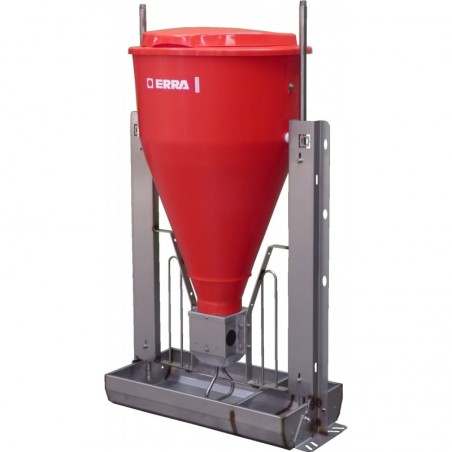Increase feed intake during lactation enhance milk production and minimize tissue mobilization; which is key for sow life performance. Spray-dried porcine plasma (SDPP) is well known to improve feed intake, growth rate, and feed efficiency in nursery pigs, but lesser is known regarding lactation diets. A cooperative study, utilizing 404 primi- and multi-parous crossbred sows from five experiment stations (AL, KY, OK and VA in U.S. and Brazil), was conducted to study the effects of dietary inclusion of 0.50% spray-dried porcine plasma (SDPP) on sow and litter performance. During gestation, sows were fed a corn soybean meal-based diet containing a minimum of 0.50% SID lysine. At farrowing, sows were allotted, based on body weight, to two dietary treatments. The control (C) diet was a fortified corn, soybean meal based diet. Treatment SDPP was added to the control diet at 0.50% at the expense of soybean meal. Both diets were formulated to contain 0.90% SID lysine and 3,414 kcal/kg ME. A common trace mineral and vitamin premix was used at all stations with the exception of Brazil. Feed was provided ad libitum access. After farrowing, all sows were weighed within 24 h and by d 2, all litters were adjusted to ≥ 10 pigs/litter.
Average sow parity, number of pigs on d 2, and lactation length for the C and SDPP treatments were 2.5 and 2.3; 11.0 and 10.7; and, 23 and 23 d, respectively. The ADFI during lactation for C and SDPP diets was similar (5.65 kg/d). The number of pigs weaned (9.9 vs. 9.7), litter weaning weights (68.4 vs. 69.1 kg), litter weight gains (51.6 vs. 52.2), sow weight change during lactation (-6.0 vs. -8.3 kg) and wean-to-estrus interval (7.5 vs. 7.2 d) were not affected by dietary treatment. There were no station x treatment interactions. Further studying the entire data set, the data were sorted by parity (≤ 3 vs. ≥4) to evaluate the effects of SDPP in young vs. older sows. In older, mature sows, SDPP tended to increase the number of pigs weaned (9.6 vs. 10.3), percentage survival (86 vs. 91), litter weight at weaning (64.5 vs. 70.3 kg), and daily litter weight gain (2.20 vs. 2.47 kg).

In conclusion, the present data suggest no benefit of spray-dried porcine plasma in lactation diets of younger sows; although, SDPP increased litter performance in mature sows. Therefore, there is need for further evaluate the effect of SDPP in older sows.
Carter, S. D., Lindemann, M. D., Chiba, L. I., Estienne, M. J., and Lima, G. J. M. M. (2018). Effects of inclusion of spray-dried porcine plasma in lactation diets on sow and litter performance. Livestock Science. (in press). https://doi.org/10.1016/j.livsci.2018.05.007




